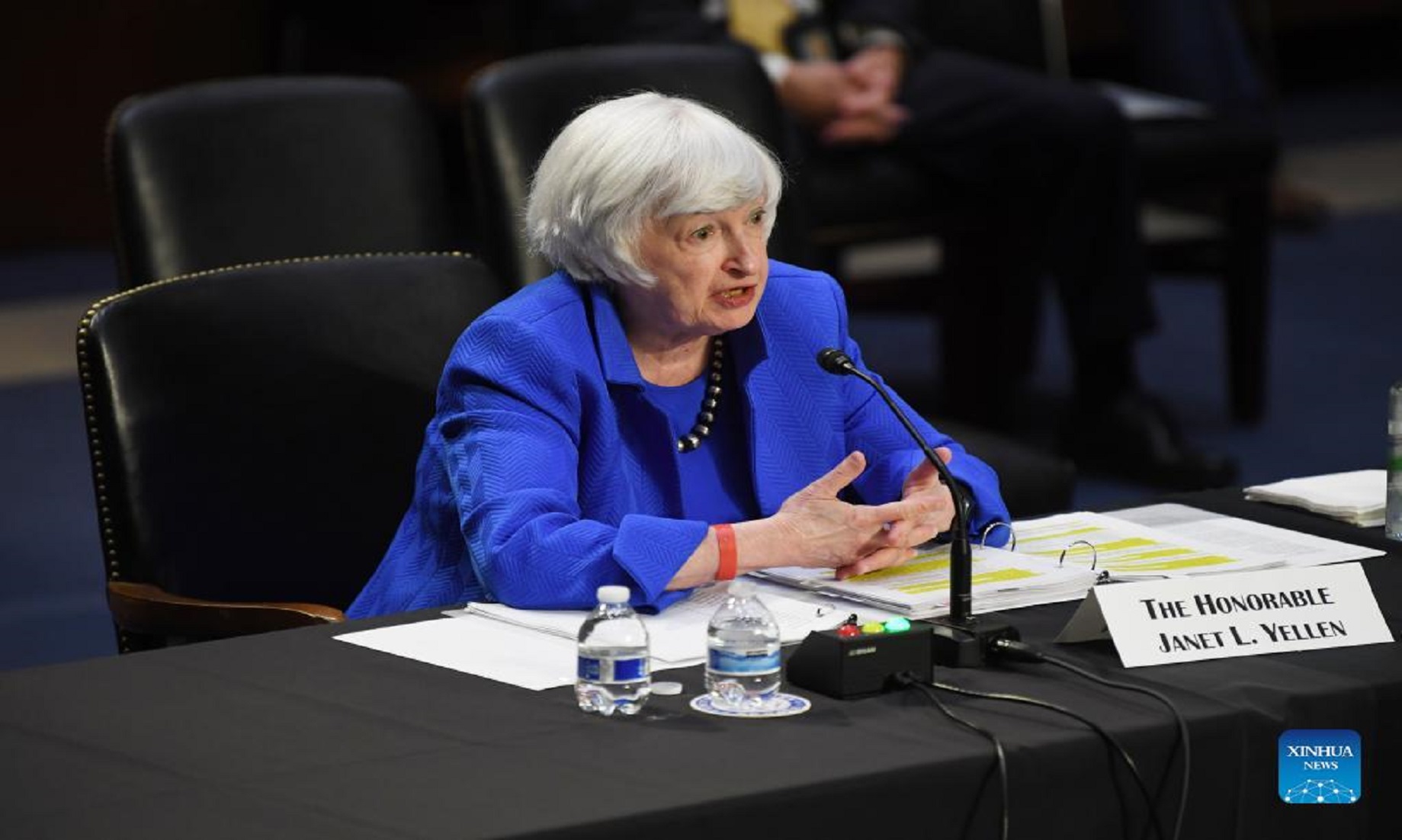WASHINGTON, Sept 29 (NNN-XINHUA) – U.S. Treasury Secretary, Janet Yellen, said yesterday that, U.S. lawmakers have until Oct 18 to raise or suspend the debt limit, before the United States is expected to default on the national debt.
“We now estimate that Treasury is likely to exhaust its extraordinary measures, if Congress has not acted to raise or suspend the debt limit by Oct 18,” Yellen said.
“At that point, we expect Treasury would be left with very limited resources, that would be depleted quickly. It is uncertain whether we could continue to meet all the nation’s commitments after that date,” she said.
Yellen noted that Congress should not wait until the last minute to raise the debt limit, as estimates regarding how long the remaining extraordinary measures and cash may last can “unpredictably shift forward.”
“We know from previous debt limit impasses that, waiting until the last minute can cause serious harm to business and consumer confidence, raise borrowing costs for taxpayers, and negatively impact the credit rating of the United States for years to come,” she said, adding, failure to act promptly could also result in substantial disruptions to financial markets, as heightened uncertainty can exacerbate volatility and erode investor confidence.
Yellen’s letter came, after Senate Republicans on Monday evening blocked a measure, to fund the federal government and suspend the debt limit.
“If Democrats want to use fast-track, party-line procedures to ram through trillions more in inflationary socialism, they’ll have to use the same tools to handle the debt limit,” Senate Republican Leader, Mitch McConnell, said yesterday, on the Senate floor.
“There is no constant tradition that says one-party governments get bipartisan help with the debt limit,” McConnell said.
It’s not yet clear how Democrats would raise or suspend the debt limit, to avoid a default without help from Republicans.
As part of a bipartisan budget deal, enacted in Aug, 2019, Congress suspended the debt limit through July 31. After the debt limit was reinstated on Aug 1, U.S. Treasury Department began using “extraordinary measures” to continue to finance the government on a temporary basis.
The debt limit, commonly called the debt ceiling, is the total amount of money that the U.S. government is authorised to borrow, to meet its existing legal obligations, including social security and medicare benefits, interest on the national debt, and other payments.– NNN-XINHUA





